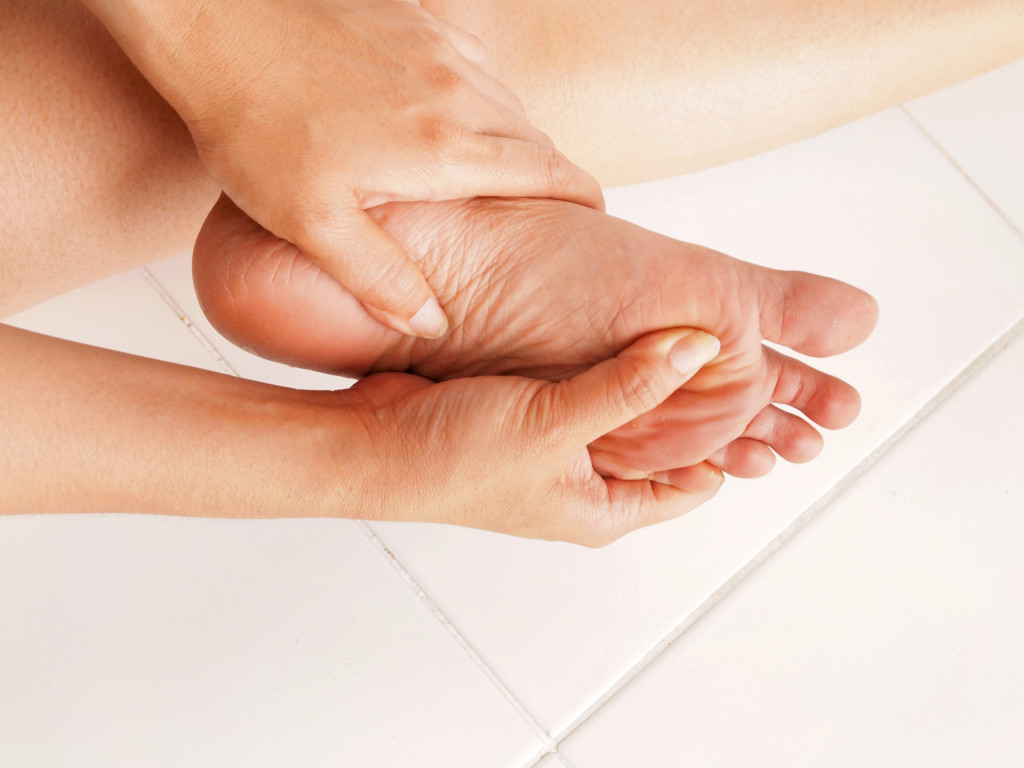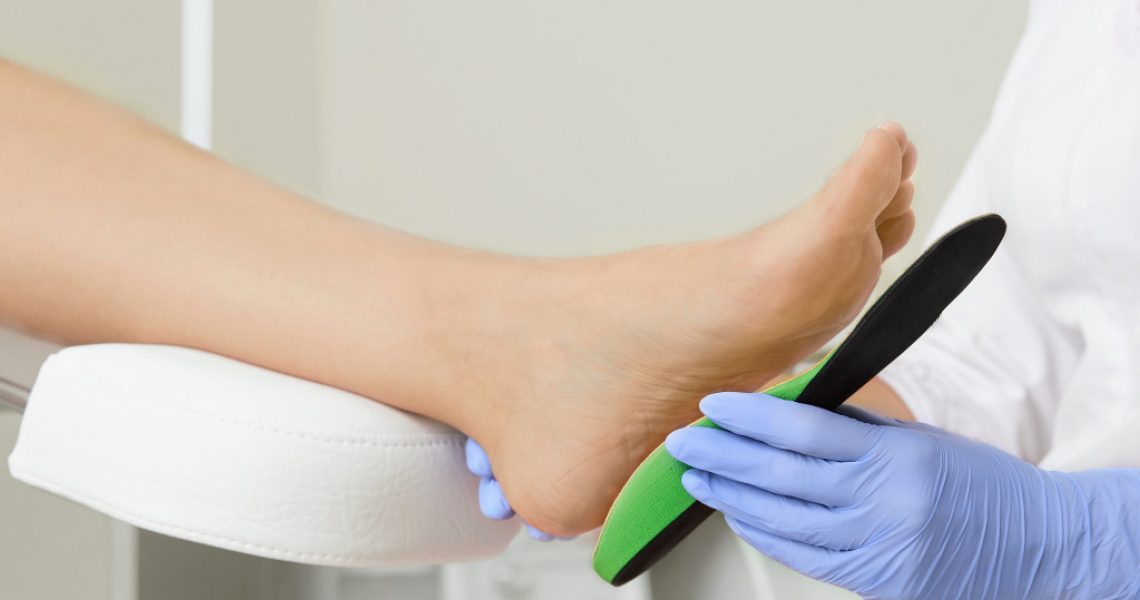In November 1922, the British archeologist Howard Carter discovered what was one of the most elaborate tombs in ancient Egypt in the Valley of the Kings: that of King Tutankhamun.
Also known as King Tut, he was popularly called the boy-king since he was only 9 years old when he assumed power. In his short reign, which lasted for only 10 years, he pretty much reversed a lot of the decisions his father and former ruler, Akhenaten, did. He restored Egyptian art and religion and decreed the restoration of temples, among others.
But his notoriety didn’t end there. Many years after, when technology caught on, archeologists X-rayed his mummified body and found more interesting tidbits about the young lad.
For example, there’s a good reason why he loved to wear elaborate sandals. King Tut is probably one of the first ancient rulers to be known to have suffered from a clubfoot. In fact, his seemed so severe that his footwear featured modifications that included horizontal straps underneath the toes to avoid dragging his foot on the floor.
This, along with other deformities and possible malaria infection, might have caused his death, not injuries from riding a chariot as many previously believed. Others even went on to say that with his abnormalities, he couldn’t have driven one!
King Tut might have been long gone, but the condition that struck him still exists. The good news is these individuals need not invest in elaborate strappy sandals to lessen the pain and improve their walk. They can already buy medical-grade orthopaedic shoes designed or modified just for them.
But first, it’s best to know more about clubfoot, how it happens, the treatments available, and how those with this condition can affect the patients’ lives later.
What Is a Clubfoot?
“Clubfoot” is a broad term doctors use to describe foot abnormalities wherein the front of one or both feet are twisted either inwards or downwards. The heel may also be inwards while the arch of the foot is higher than normal.
The causes of clubfoot can vary. Usually, it is idiopathic, which means the baby is born already with the condition and has no known cause. Prenatal ultrasound, though, can already detect a clubfoot as early as 13 weeks.
In some cases, it develops in relation to a condition. For example, those with neurological problems like spina bifida, which describes a spinal cord that doesn’t develop properly, are also prone to develop the abnormality. So do people who have other underlying syndromes like diastrophic dwarfism.
Regardless of the cause, the severity of the clubfoot, which can range from mild to severe, can help determine the best treatment.
Treatments for Clubfoot

Doctors strongly prefer to treat those with clubfoot as early as possible. That would mean at least a week after birth. During this time, their bones, tendons, and muscles are still flexible.
For mild cases, one of the most popular techniques is the Ponseti method, which involves stretching and casting. To maintain the correct position of the foot, the child may need to wear a pair of shoes with braces for months to years.
If none of the noninvasive methods work or the clubfoot is severe, the next best step is to reposition or stretch the ligaments and tendons and allow the foot to be better positioned. The foot may have to be cast to keep the foot in place for some time.
Prognosis until Adulthood
According to experts, in the beginning, clubfoot doesn’t cause any pain, only some trouble walking. However, unless it is treated, the person will eventually suffer from significantly limited mobility and pain. For this reason, parents are highly encouraged to have the clubfoot corrected as soon as possible.
Nevertheless, although many individuals with clubfoot live normal lives, a symposium in 2006 revealed results that their feet may not be the same as those of the general population. They may experience stiffness and pain in the middle or rear part of the foot.
The specialists also observed undercorrection, but they think this is easier to resolve than an overcorrection. Those with clubfoot are also susceptible to developing arthritis because of the present deterioration and damage to the joints.
Hence, more often than not, even men and women who have gone through surgery or the Ponseti method while young might still need some assistance later in life. If King Tut relied on many canes, some of which he should have brought to the afterlife based on what they found on his tomb, patients today can opt for modified medical-grade shoes that provide excellent support.

